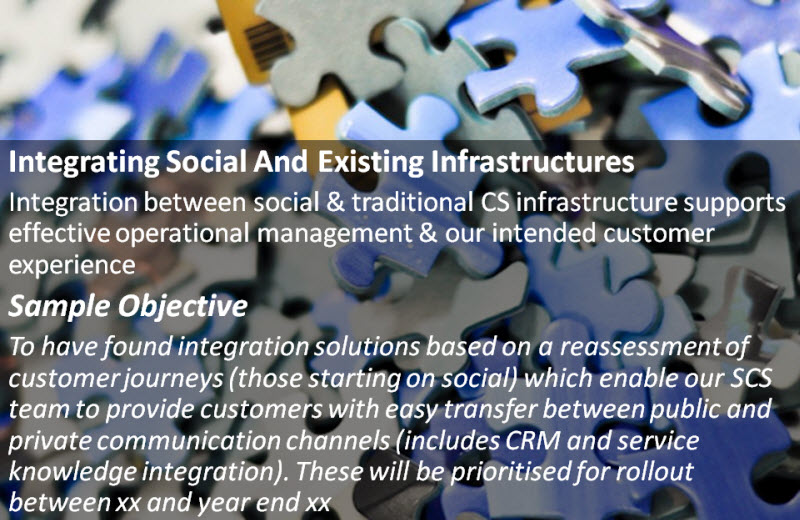
Although the culture of social is distinct, its infrastructure needs to be part of the overall customer service capability. Otherwise you run the risk of increasing customer effort and frustration with uncoordinated efforts to respond.
Social customer service often started life as an unintended offshoot of Marketing’s social outreach. The long journey back to customer service/contact centre stewardship may have seen ownership transferred from an external agency via the marketing function back into a corner of a contact centre as a discrete activity.
During that time, the infrastructure was probably freemium quality or marketing orientated. Nothing wrong with either until scalable, reliable service standards become the driving criteria.
What are other reasons that also argue for integration?
Analysis of customer journeys tells us that use of more than one channel is the norm.This means all channels, service knowledge and customer data need to function in a single ecosystem to facilitate low effort, efficient resolutions. Indeed the impact of the current generation of siloed point solutions that have built up over the years spells out the consequences of this approach.
Look out for solutions that enable universal queuing, unified desktops, integrated knowledge management, cross channel reporting and analytics. It is just so much easier! Some would argue without it, becoming excellent is just a pipe dream.
Other competencies in the framework for social customer service excellence can be accessed in ‘Related Content’.




